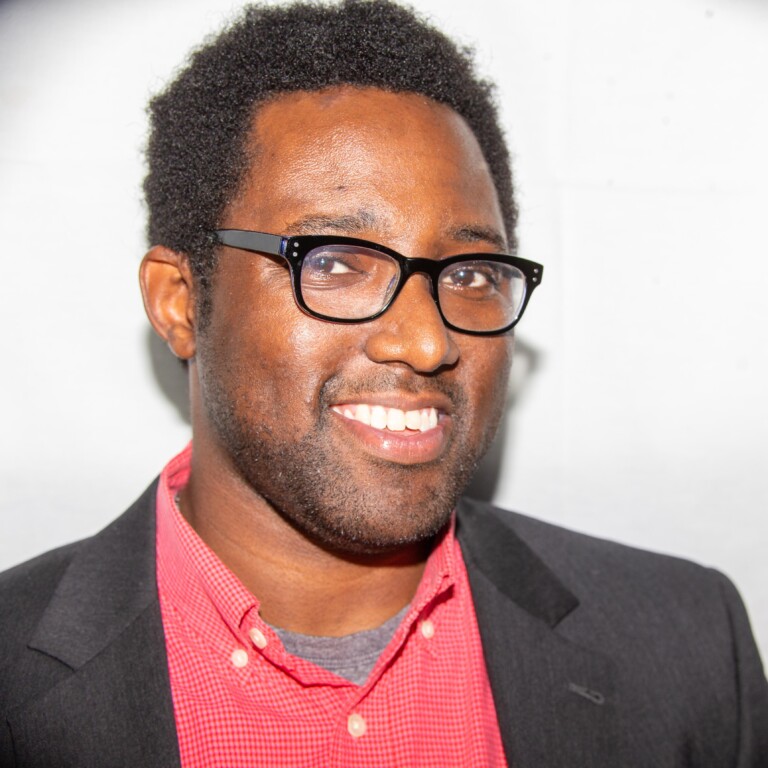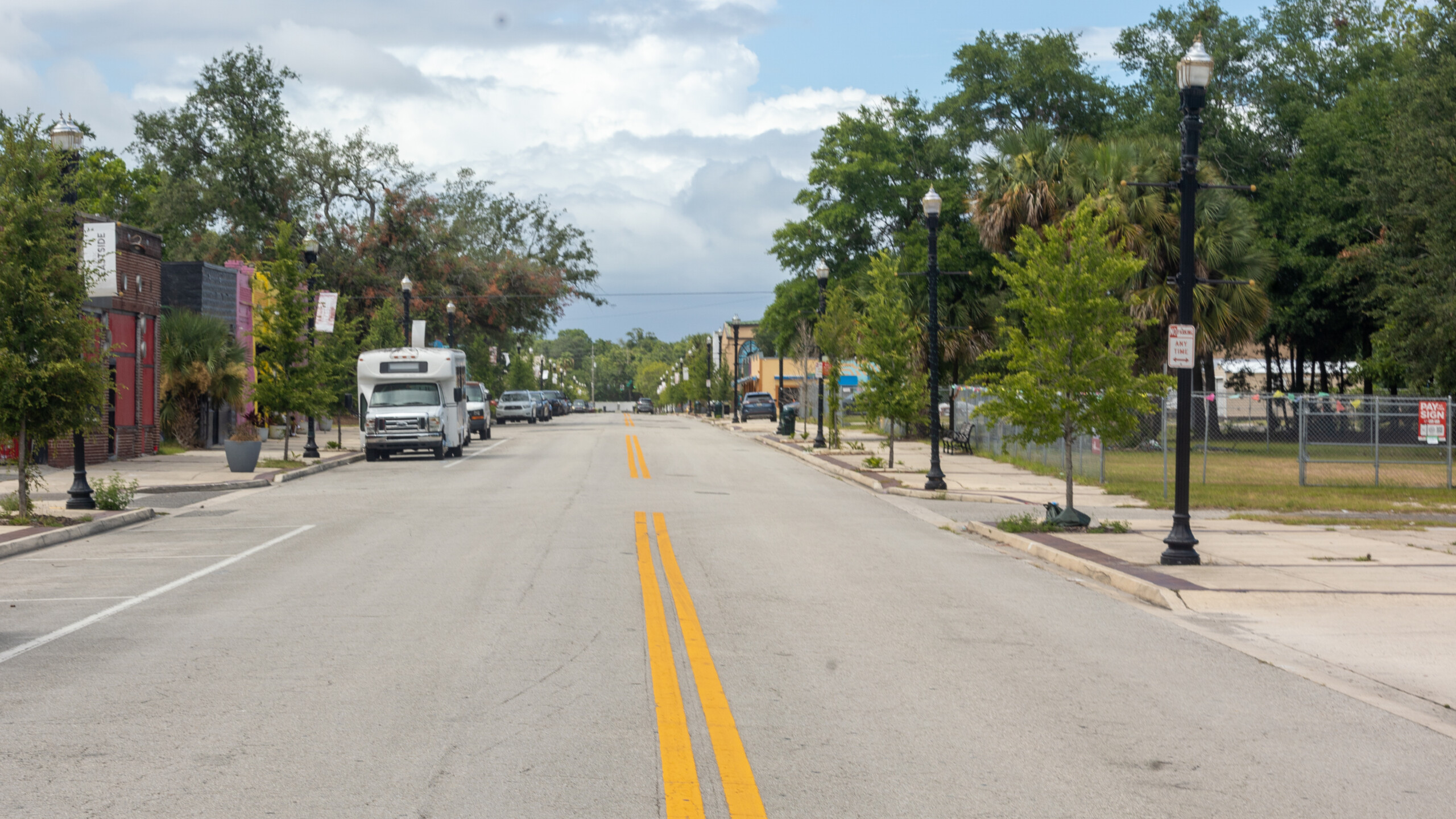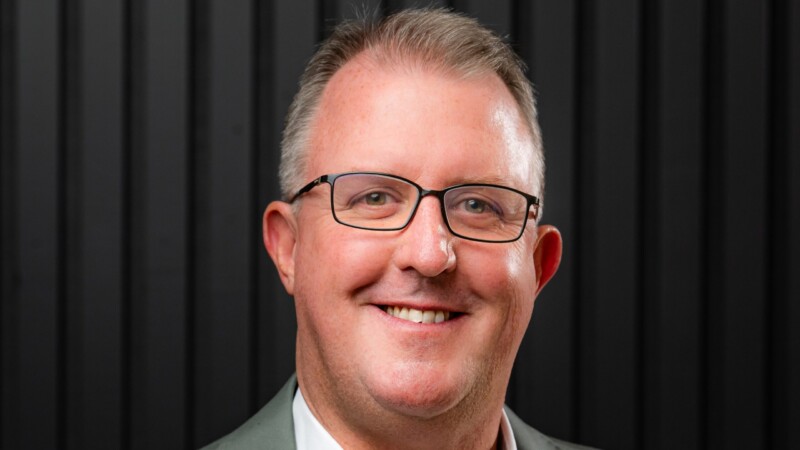When the Jacksonville City Council completes its budget process for the fiscal year that begins Oct. 1, one of its consequential allocations will be to determine how many dollars from the Community Benefits Agreement will begin to flow to the Eastside.
Democrats and Republicans on City Council have pledged repeatedly to abide by promises to the Eastside, but there remain legacy residents, business owners and advocates who hold a blend of skepticism, angst, frustration and hope about the process.
Finding the right framework
The city has committed to spend $150 million on parks, countywide initiatives as well as the Eastside in the largest Community Benefits Agreement in North American professional sports to date. The city dollars matched the $150 million the Jacksonville Jaguars pledged as part of the public financing for stadium renovations.
During the seven years between the 2025-26 fiscal year until the 2031-2032 fiscal year, the city of Jacksonville must devote $40 million to initiatives that support the Eastside. The Jaguars will devote $75 million, paid through $2.5 million installments, between 2028 and 2058 to Eastside initiatives.
“How much are we going to use in Year 1? We don’t know that yet,” council member Raul Arias says. “Lets go through the budget process.”
Arias is the chair of the Special Committee on the Community Benefits Agreement. The committee will hold three additional meetings before the start of the new fiscal year to discuss affordable housing and workforce development issues.
The second iteration of the Community Benefits Agreement special committee met for the first time in May.
The committee discussed the system that would be in place for the city to allocate its portion of the Community Benefits Agreement dollars to the Eastside. Arias and others on the committee listened to a proposal to emulate the governance model used by the Cultural Council of Greater Jacksonville.
The Cultural Council is a nonprofit organization that serves as the city’s local arts agency. It is the organization that allocates city grants to arts organizations and artists. Its 15-person board has six appointees from the Mayor’s Office and nine from City Council.
Due process questions
Niki Brunson is a fourth-generation Eastside resident. She says the process of creating a nonprofit similar to the Greater Jacksonville Cultural Council is a denial of her right to redress a grievance about the structure of how the Community Benefits Agreement dollars will be disbursed.
Brunson wants a competitive process where nonprofits bid to be the entity that allocates the Community Benefits Agreement funding.
Section 118.107 of the Jacksonville Municipal Code requires nonprofits that receive city funds to undergo “a competitive evaluated award process.” The code also states nonprofits would require a waiver with a detailed explanation about why a direct contract, without the competitive process, is necessary.
“I am concerned about what (the subcommittee) offered as administration,” Brunson says. “The research I’ve done tells me that I should. They are offering to do an advisory model. And, I just don’t understand the flow of it.”
Brunson refers to the Together Eastside Coalition, a group of Eastside advocates who have consistently met for years to develop the Eastside and arrest the decades-long dearth of investment in the once-thriving neighborhood. It includes residents, legacy residents, urban planners, pastors, business owners, developers and others.
“From what I can see, the Together Eastside Coalition went around and said ‘These are the people that we trust.’ They are from the Eastside. They recruited people to sign the (Memorandum of Understanding) without disclosing the language in the (memorandum).”
The municipal code does allow for single-source procurement. It includes sections about the selection procedures for the firm that audits the city’s finances; the firms that manage its investment instruments; the entity that operates the Sports and Entertainment District; and the group that lobbies on the city’s behalf.
The management of the Sports and Entertainment District as well as the lobbying contract must be approved by City Council. Section 126.306 of the city code also allows for single-source procurement in those circumstances.
Consideration of options
Brunson says the May 12 special committee meeting is what raised alarm to her that the process for selecting a governance model was further along than she thought.
In the May meeting, the city’s Office of General Council encouraged the committee to determine how much control it wanted over the funds as well as the type of governance model that would be implemented.
“The Cultural Council is a separately established 501(c)(3) entity that we appropriate funds to each year for them to disburse within whatever guardrails are in the code relative to expenditure of those funds,” Deputy General Counsel Mary Staffopoulos explained to the committee. “They administer a grant process with artists and other entities that create the services of the cultural programming that we have agreed to fund through that process.”
Staffopoulos detailed that the Cultural Council of Greater Jacksonville is responsible for the oversight of the dollars. That differs from the Public Service Grants Council that was established by the city of Jacksonville and oversight is administered by the city through its Neighborhoods Department.
The committee did not come to a solution in May about which format would be selected, though it leaned toward emulating the Cultural Council model.
“The Cultural Council model allows for the most flexibility and still allows for a large amount of accountability,” council member Jimmy Peluso said in the May meeting. “On top of that, there will be an audit every year just like every other 501(c)(3) that has a relationship with the city.”
Peluso’s district includes the Eastside. Brunson has been less than thrilled with the representation the first-term Democrat has provided the community her family has called home for generations.
Latavia Harris addressed the committee in May and met with Peluso later. Brunson tells Jacksonville Today she has specifically asked Peluso to consider an alternative model.
“I would like to see the alternate model reviewed and assessed,” Harris says. “We’ve showed it to the community. It would give us safeguards. It gives us emergency responses. It protects our heritage and heirs property (concerns).”
Heirs properties are lands that are inherited by multiple family members. These parcels often lack a will or estate plan for ownership of the property. Jacksonville has a high number of heirs properties in comparison to cities of similar size, and the Eastside has a particularly high concentration.
Investment in forgotten community
Since the Jaguars formally announced their plan to renovate EverBank Stadium with private and public funding in 2024, there have been dozens of meetings, huddles and community gatherings about how that $1.4 billion development will affect the Eastside and the best path forward.
Travis Williams, CEO of LIFT Jax and a fourth generation Eastside resident, has been a part of many of those conversations.
“What was clear was people did not want these dollars to stay within a city department,” Williams says of the $40 million city commitment to the Eastside. “That was the feedback we got.”
Over the last 18 months, a handful of Eastside residents and business owners have signed a Memorandum of Understanding as part of the Together Eastside Coalition.
Williams signed the memorandum. Brunson did not.
The memo called for the establishment of “a governance structure that assures community participation in how the CBA funds are expended.”
Jacksonville Today reviewed the memo. It acknowledges previous broken promises to the Eastside and commitment toward “restoring trust and building a future where the Historic Eastside Community is heard and valued.”
The memo calls for eight principles:
- Transparent communication.
- Equitable engagement.
- Respect for history and heritage.
- Commitment to non-displacement.
- Empowerment through education.
- Sustainable development.
- Accountability and follow through.
- Sound governance.
The memo also states an expectation that “a new organization, separate from LIFT Jax, Historic Eastside Community Development Corporation and other organizations serving Historic Eastside” will receive and administer the funds, an idea that would be subject to City Council approval.
Administrative accountability
Brunson and Harris may be legacy Eastside residents, but neither signed the memo shared by the Historic Eastside. Kacheryl “Cookie” Gantt signed the document and regrets it.
Gantt owns The Avenue Grill on A. Philip Randolph Boulevard. When she was first introduced to the idea of the Community Benefits Agreement, she was on board. Today, she feels excluded from the conversation about how the dollars will be dispersed.
Gantt was a student at Matthew Gilbert Middle School when her family was displaced in 2001 as the city used Better Jacksonville Plan dollars to build what is now known as VyStar Veterans Memorial Arena.
“For me, I would like to make sure that the legacy members in the community are taken care of,” Gantt said earlier this summer inside her restaurant. “There are homes around here that are in the same condition they were 30 years ago when my grandmother’s home was standing. They need to be renovated bad. Just because you go around and put paint on the outside does not fix the inside and that needs to happen.”
Gantt says she would like whatever system is implemented to include Eastside voices that are directly selected by Eastside residents and business owners. The Cultural Council model that has been considered by the City Council includes representatives selected by the Jaguars, City Council, Mayor’s Office and three positions nominated by Eastside advocates.
“I think LIFT Jax, or anyone who they recommend, is not going to be good for the Eastside,” Gantt says. “LIFT Jax has had plenty of opportunities to show what they could have done with millions of dollars that have already been flooded through this community. They haven’t really done or shown anything that’s been changing to the community in my eyes. … This $115 million is a very big deal to put in the hands of (an organization) that’s not transparent.”
Of the criticisms, CEO Williams says: “The one thing we are guilty of with the Community Benefits Agreement (is) we have worked hard over the last year to work with residents, business leaders, organizational leaders, religious leaders, subject matter experts. We have worked really hard to work with them to do what’s never been done in Jacksonville history with the CBA.”
For years LIFT Jax leadership has attended community meetings at The Church at Oakland, a Baptist bedrock of the neighborhood for the last 145 years.
LIFT Jax has funded home repairs along Van Buren Street and helped reopen the Debs Store along Florida Avenue in 2024. The nonprofit also aided in the Historic Eastside’s quest to join the National Register of Historic Places in 2023.
According to LIFT Jax’s 2023 financial reports, the nonprofit devoted $379,000 in its home repair program and $203,000 on education and training, compared to $96,000 in professional fees.
‘Withintrification’ over gentrification
Williams became the full-time CEO at Lift Jax in June. He is also a legacy Eastside resident who hails from a family that sought to improve the neighborhood for more than 50 years. His familiarity with the neighborhood has allowed him — and by extension LIFT Jax — to forge relationships with business owners, religious leaders, subject matter experts and residents.
LIFT Jax aims to mitigate risk and escalate opportunities through community collaboration and withintrification — meaning targeted investment, with enough resident input to keep the tenor of the community key.
Withintrification discussions began more than a year before the Jaguars presented their renovation plan to the city of Jacksonville and will continue during the implementation of the Community Benefits Agreement dollars.
“Our hope is leveraging these dollars to produce more investment in people and places in their neighborhood to prevent displacement,” Williams says. “The other side is opportunity. We want to leverage these dollars for residents … to take advantage of the proximate development.”
There are business owners who support that process.
Alice Kimbrough is a legacy Eastside resident, part of the Together Eastside Coalition and signee of the memo that advocates for LIFT Jax to serve as the sole negotiating agent for Eastside conversations with the city. Kimbrough told Jacksonville Today earlier this year that she favors a third party distributing the funds because that model allows for Eastside input and the necessary oversight.
Kimbrough’s view is among the varying perspectives among people who want the Eastside to return to its previous prominence.
With less than 90 days to go before the city’s fiscal year begins, the Eastside teeters between apprehension and hope that this once-in-a-lifetime windfall will improve lives for generations to come.







